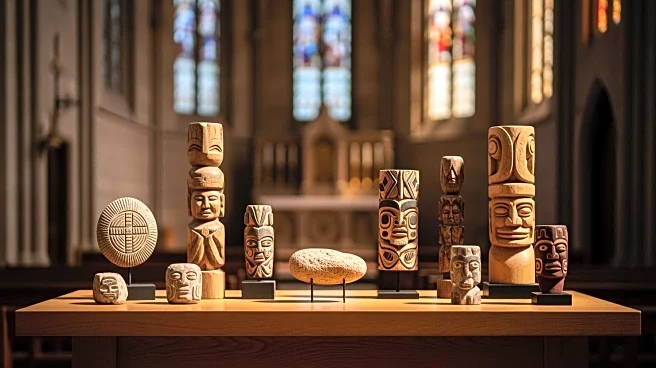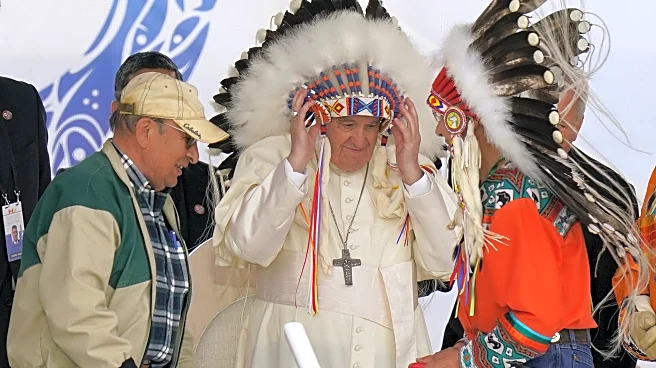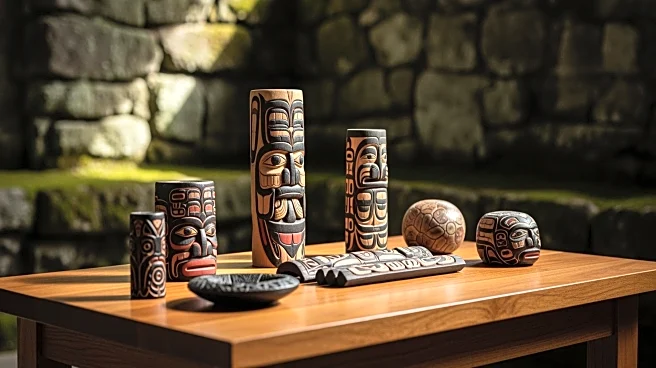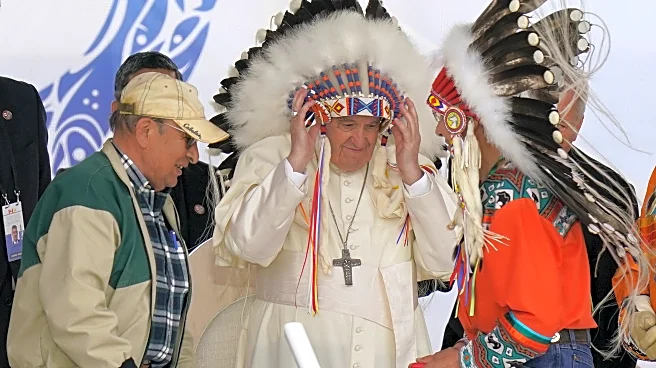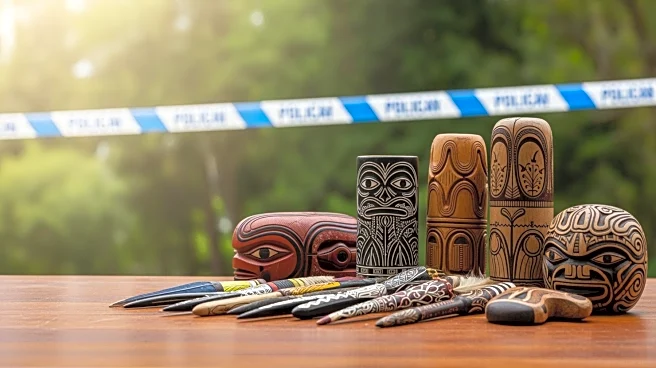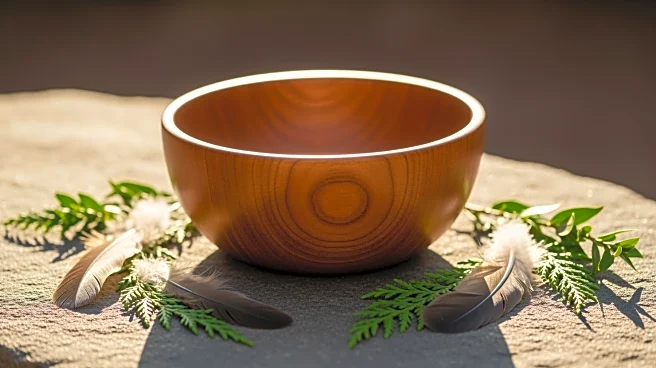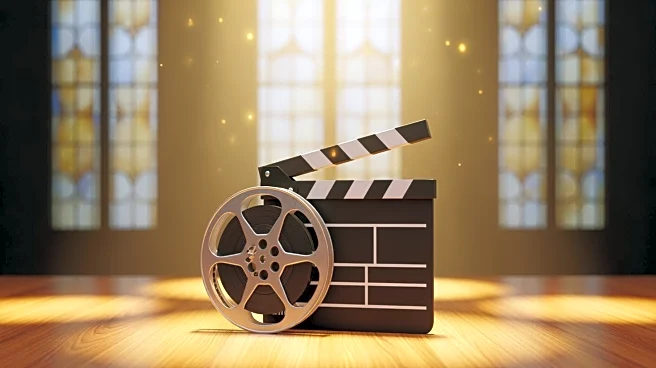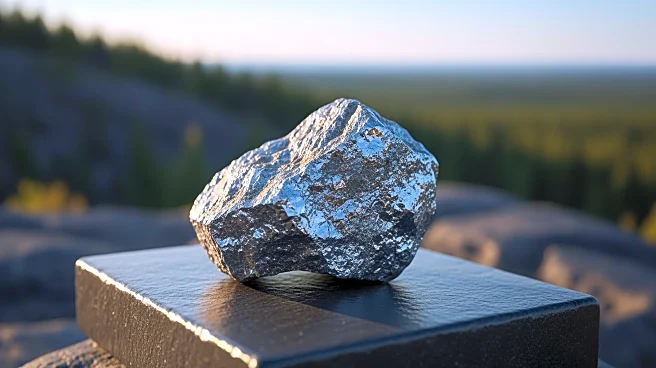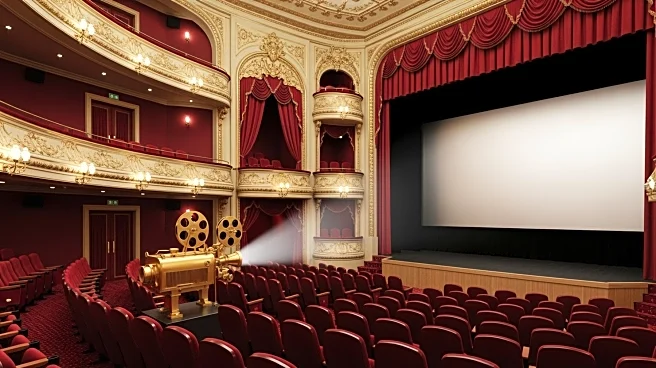What's Happening?
The Vatican has announced plans to return dozens of cultural items taken from Indigenous communities in Canada over a century ago. These items, including an Inuvialuit kayak, were originally sent to Rome
for a 1925 exhibition sponsored by Pope Pius XI. The decision follows a campaign by Indigenous groups, supported by the Canadian government, for the repatriation of these artifacts. The move is part of a broader reconciliation process, which included Pope Francis's apology in 2022 for the church's role in operating residential schools, described by Canada's truth and reconciliation commission as a form of 'cultural genocide.'
Why It's Important?
The return of these artifacts represents a significant step in the reconciliation process between the Catholic Church and Indigenous communities. It acknowledges past injustices and aims to restore cultural heritage to its rightful owners. This action may strengthen diplomatic relations between Canada and the Vatican and set a precedent for other institutions holding Indigenous artifacts. The repatriation is crucial for cultural preservation and the healing of communities affected by historical injustices, potentially influencing global policies on cultural restitution.
What's Next?
The Vatican's decision may encourage other museums and institutions worldwide to reassess their collections and consider returning cultural items to their countries of origin. Indigenous communities in Canada may engage in further dialogue with the Vatican to ensure the respectful handling and display of returned artifacts. The Canadian government may continue to support similar initiatives, fostering cultural preservation and reconciliation efforts. This development could lead to increased collaboration between Indigenous groups and international organizations on cultural heritage issues.
Beyond the Headlines
The return of these artifacts highlights ongoing discussions about the ethical responsibilities of institutions holding cultural items from other communities. It raises questions about the role of museums in preserving history versus the rights of communities to reclaim their heritage. This event may spark broader debates on cultural restitution and the importance of acknowledging historical wrongs to promote healing and understanding.
